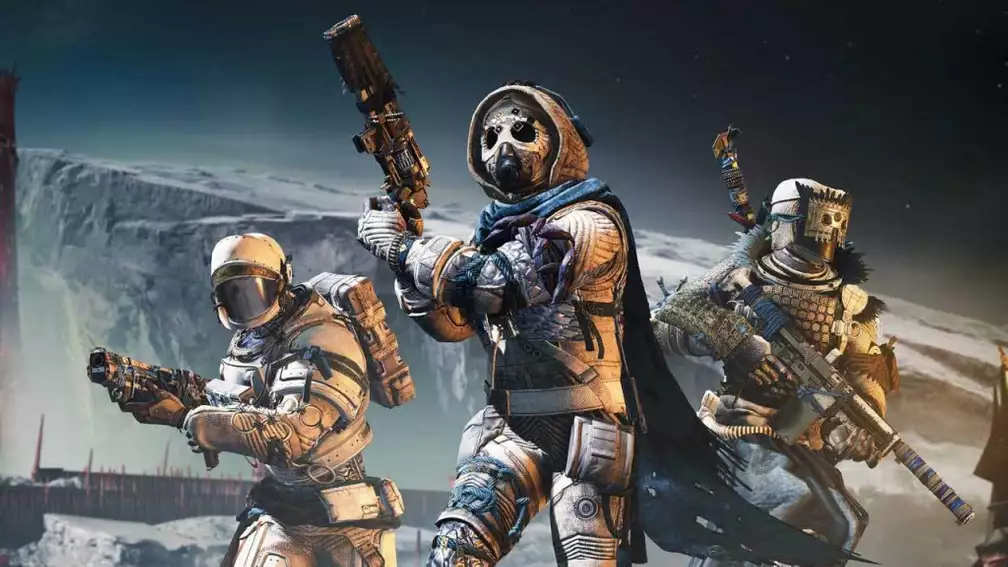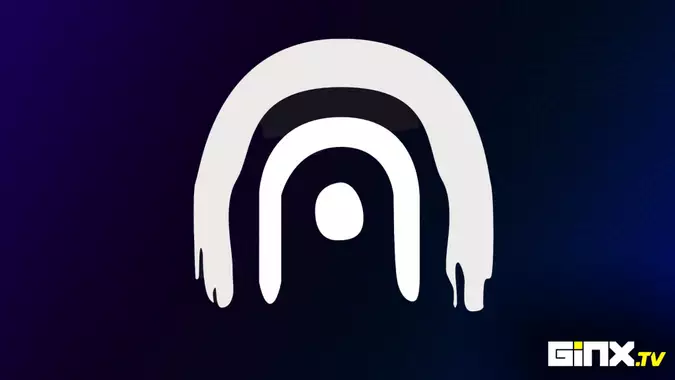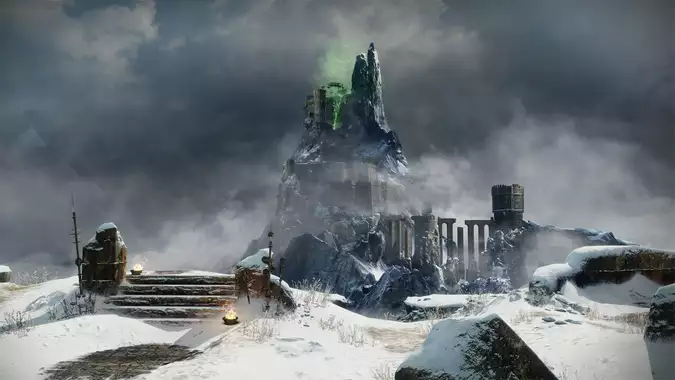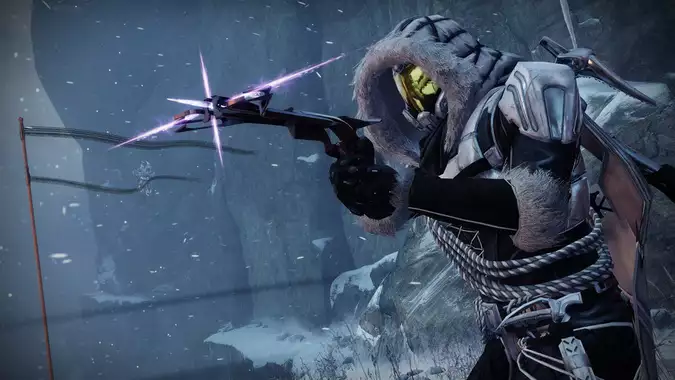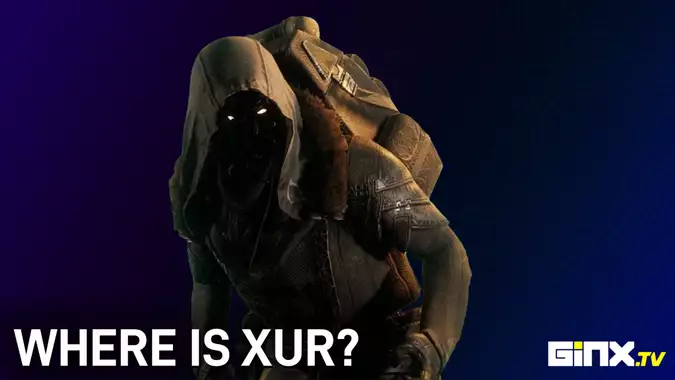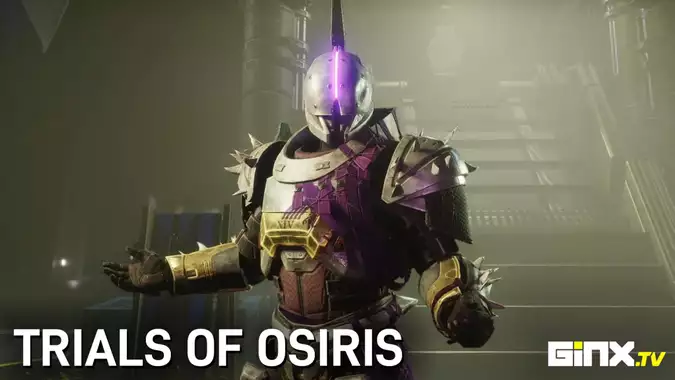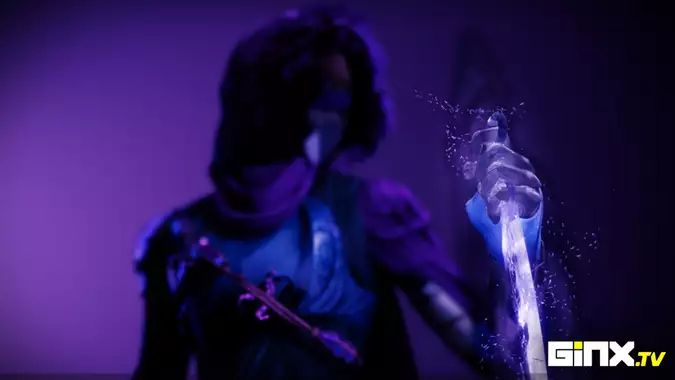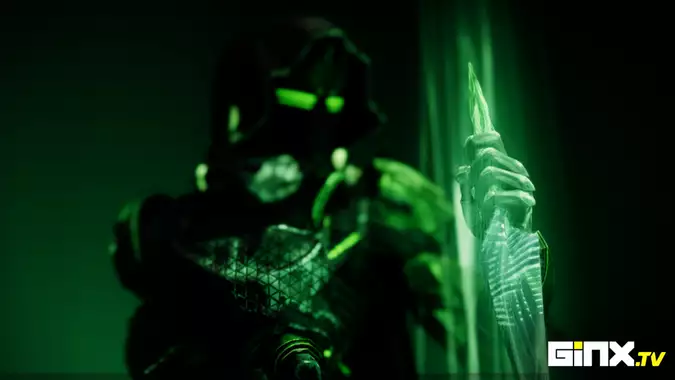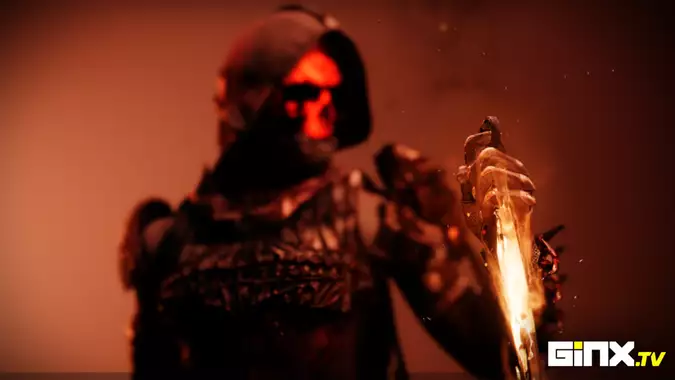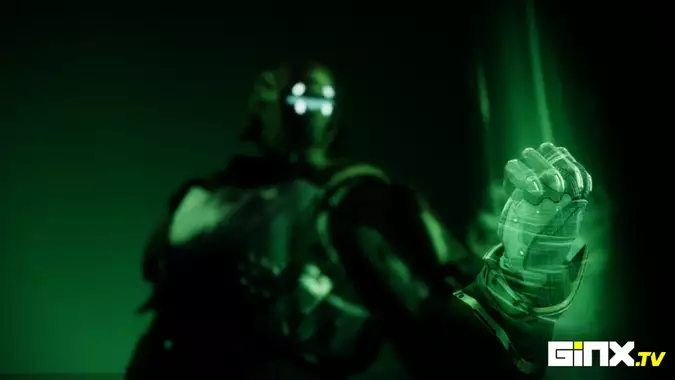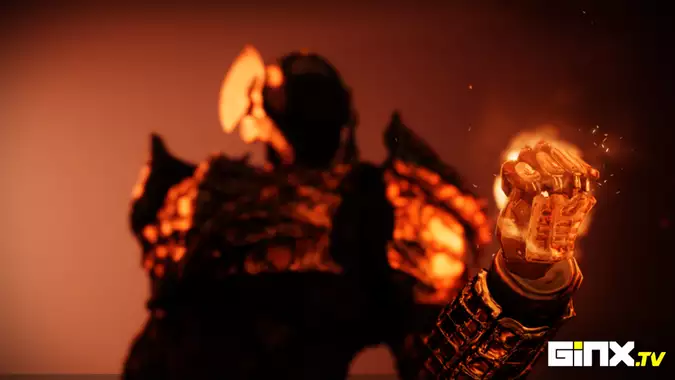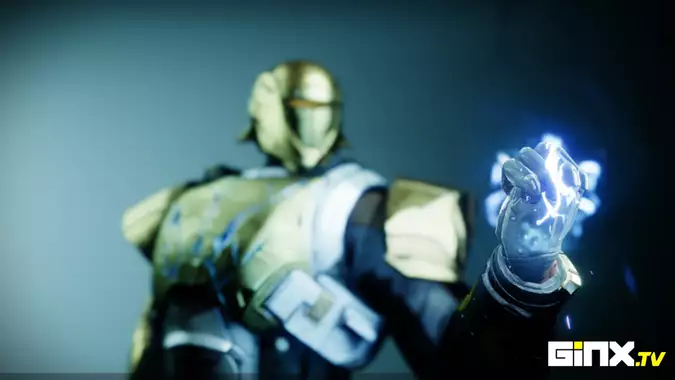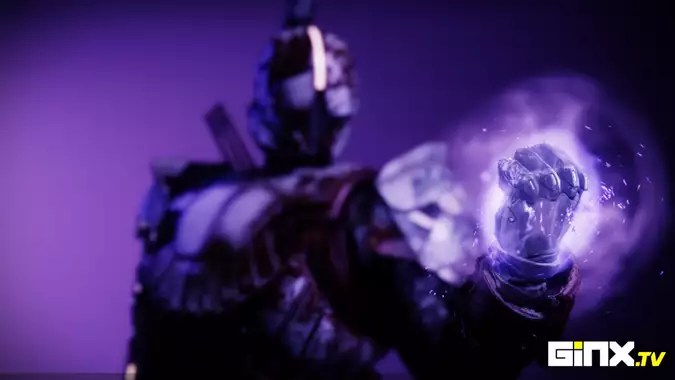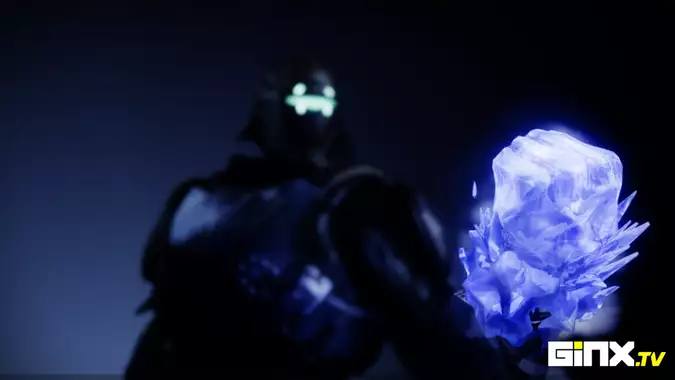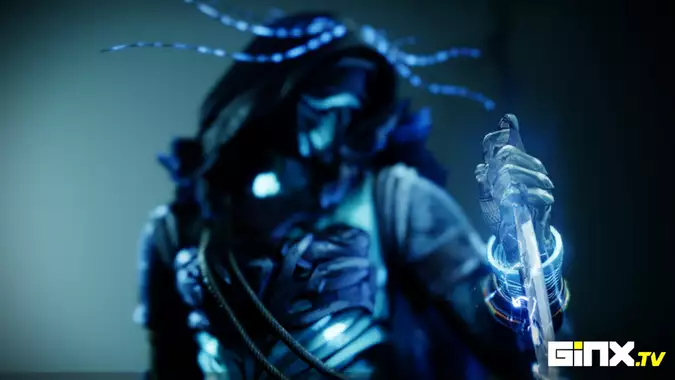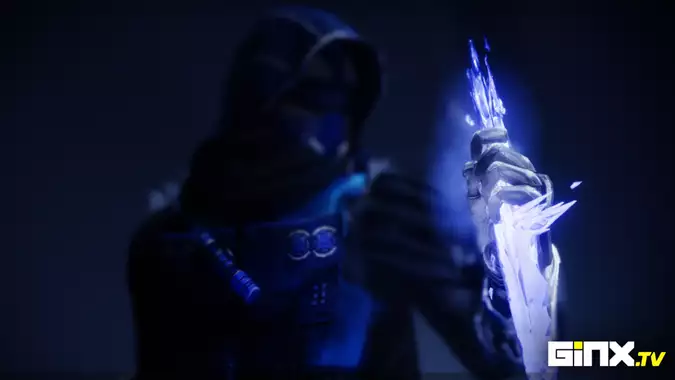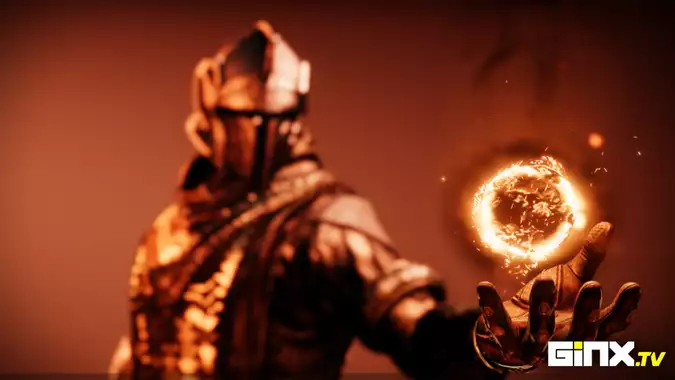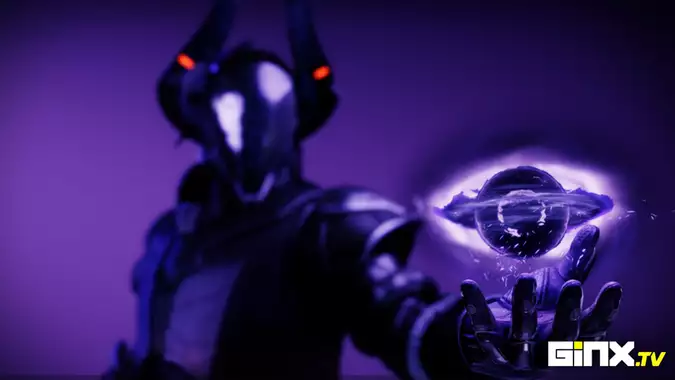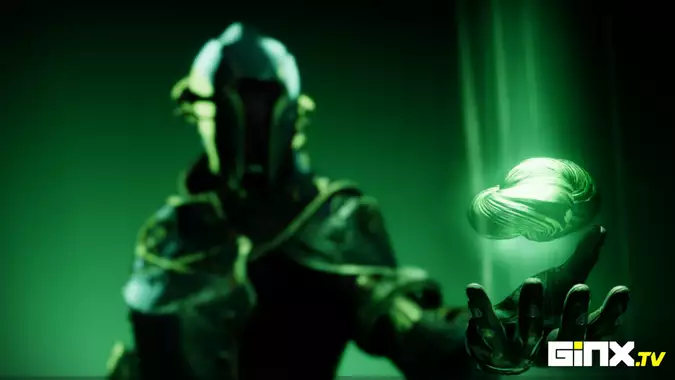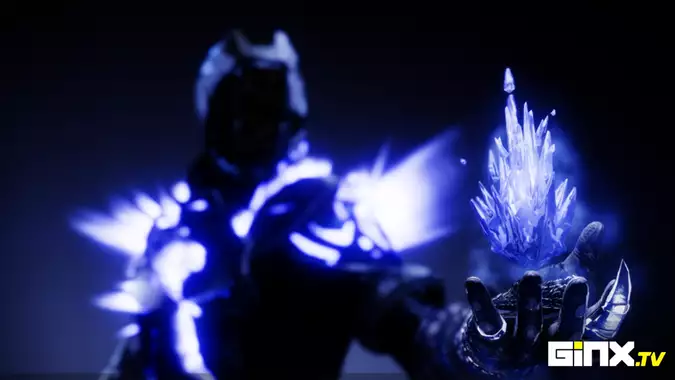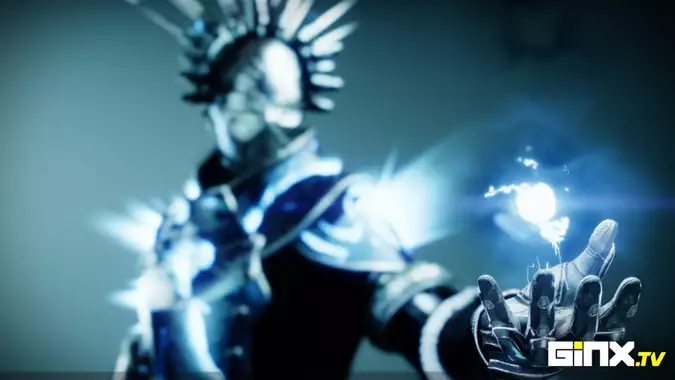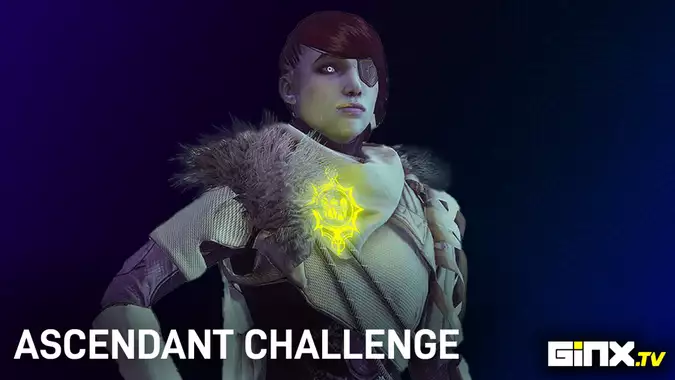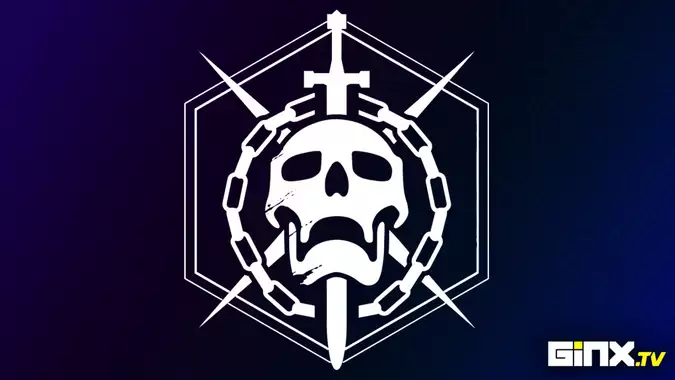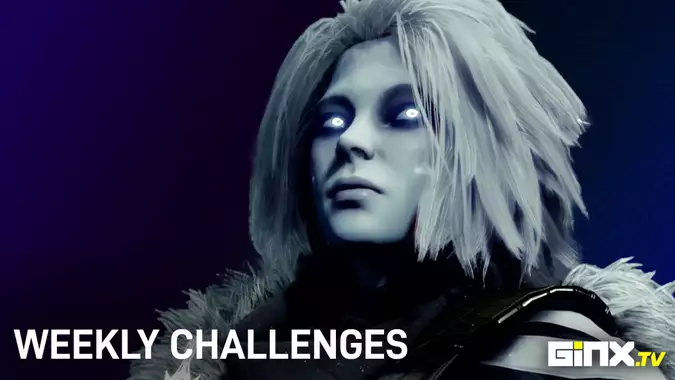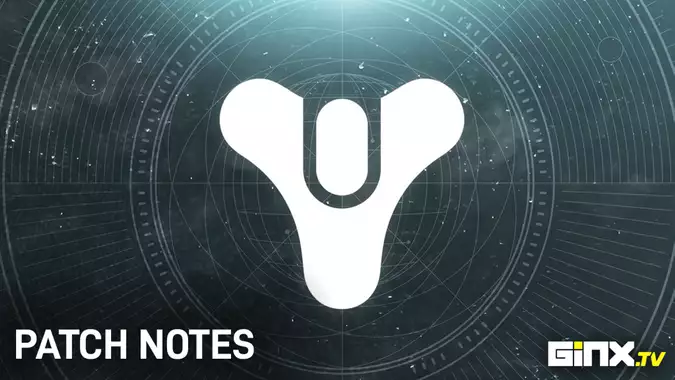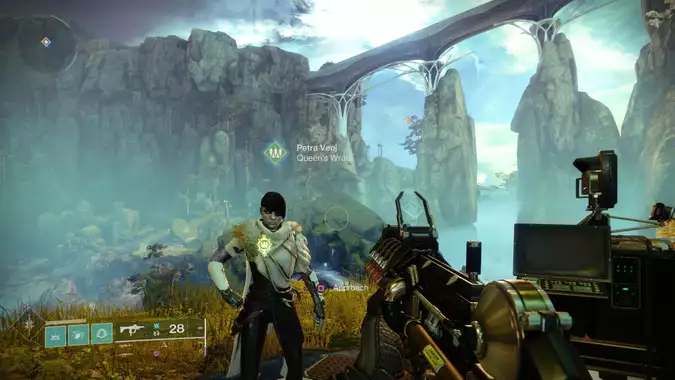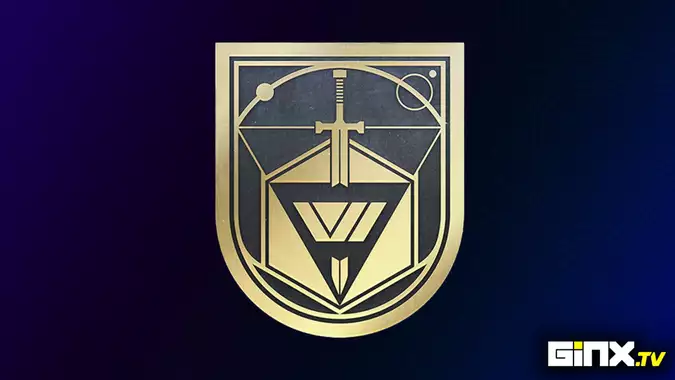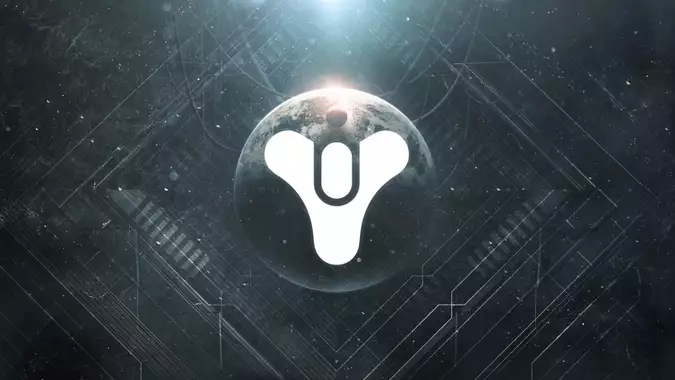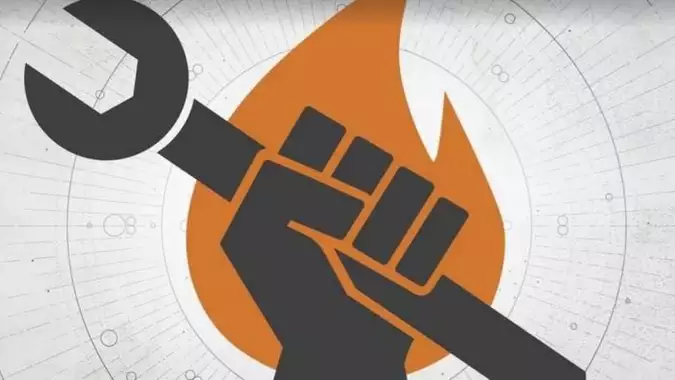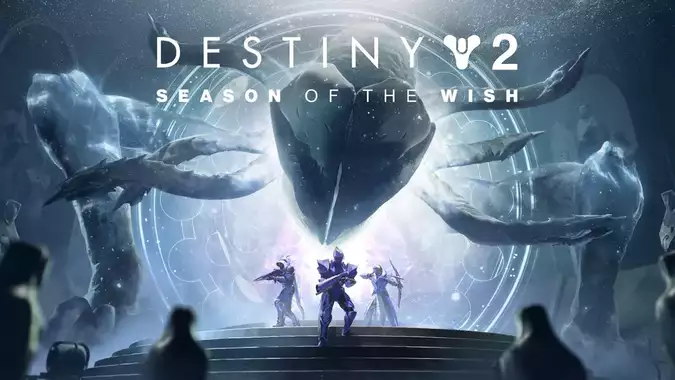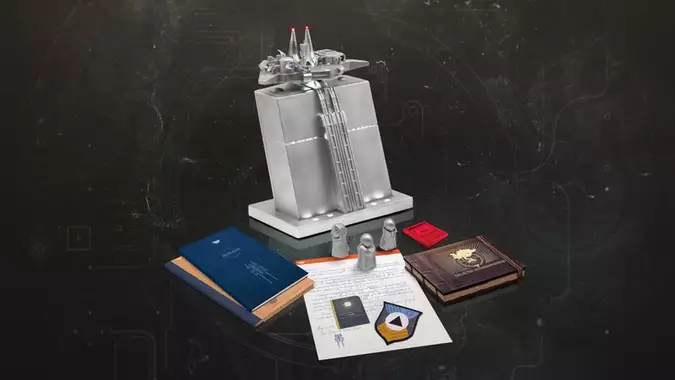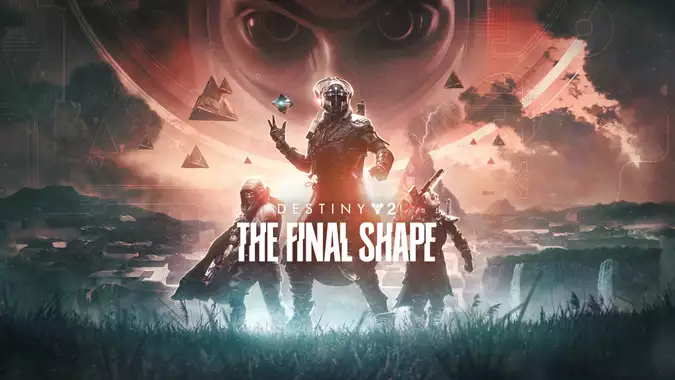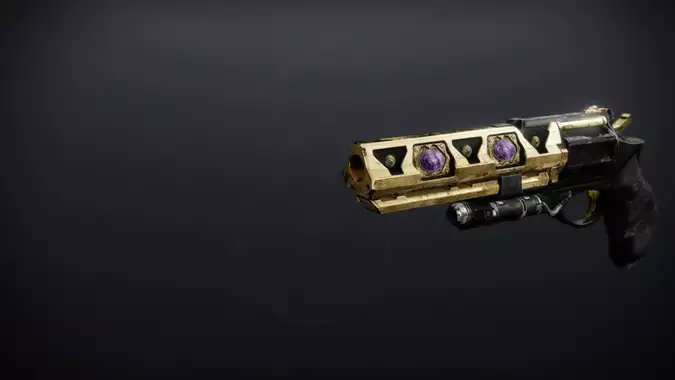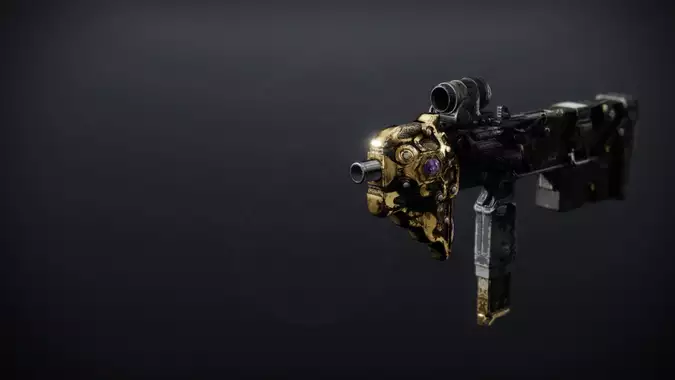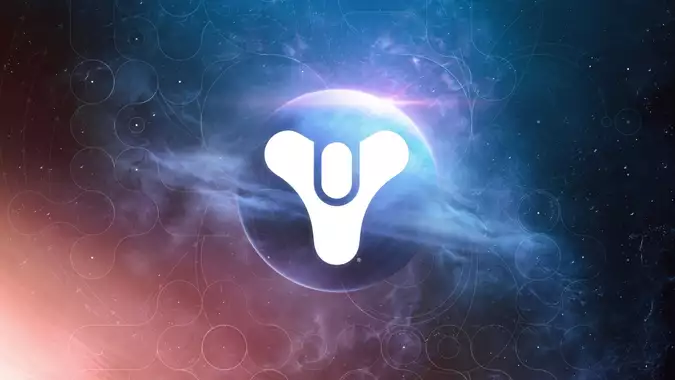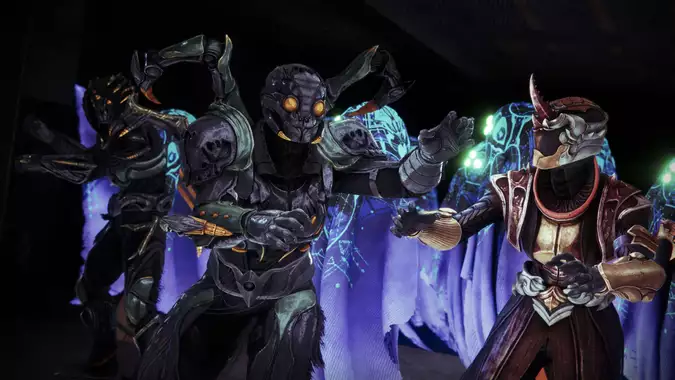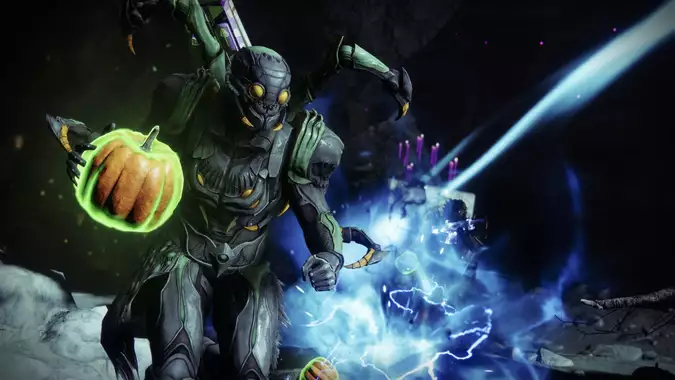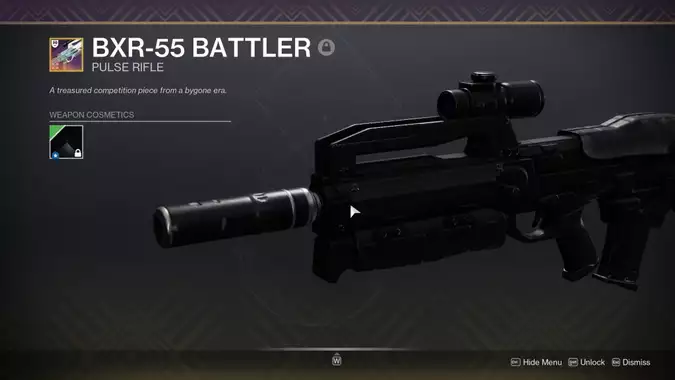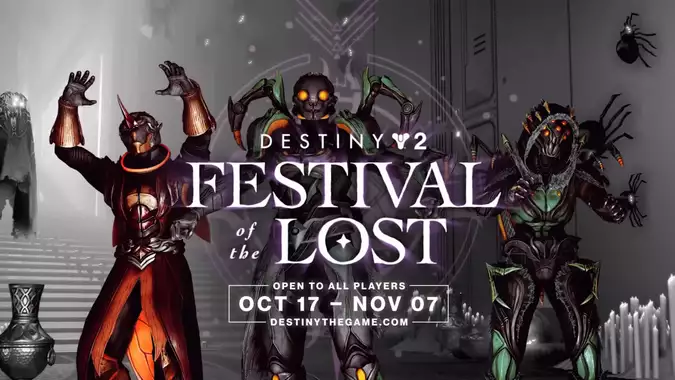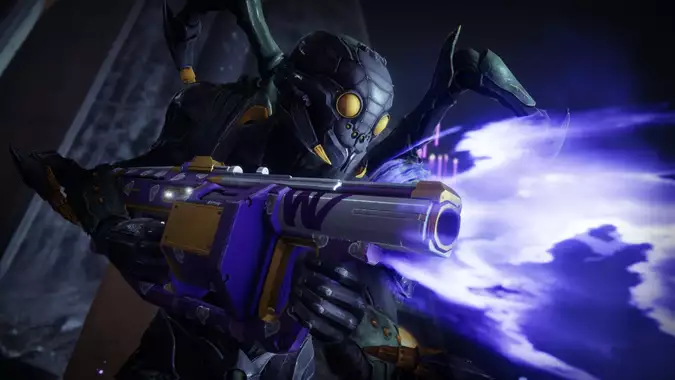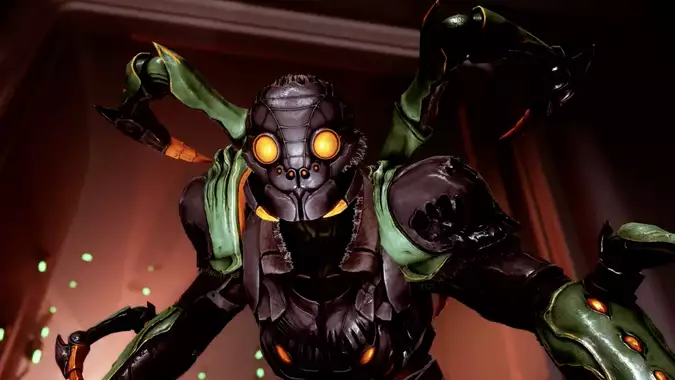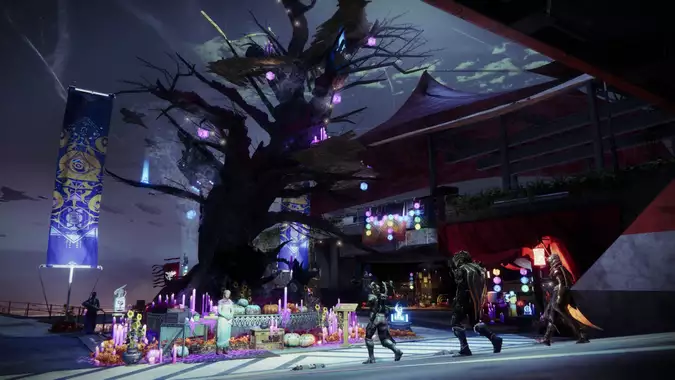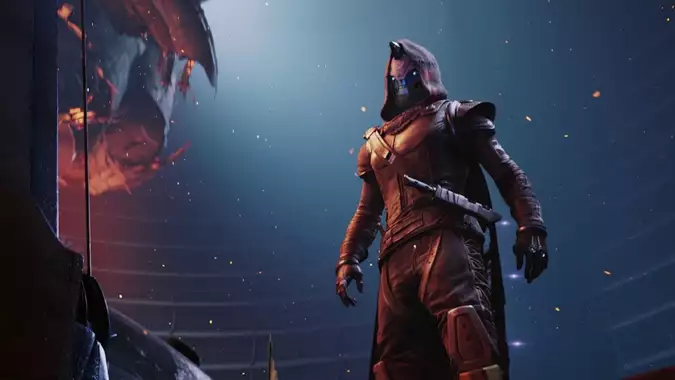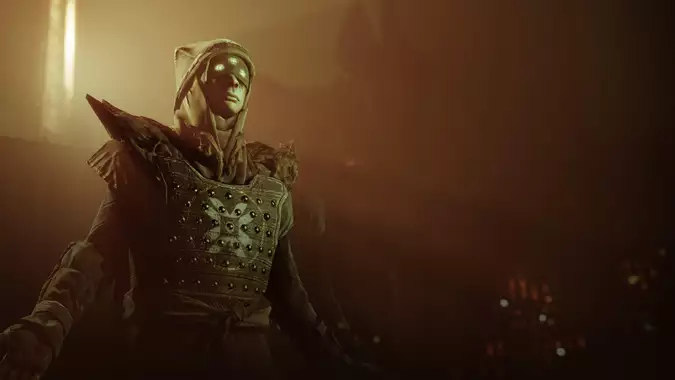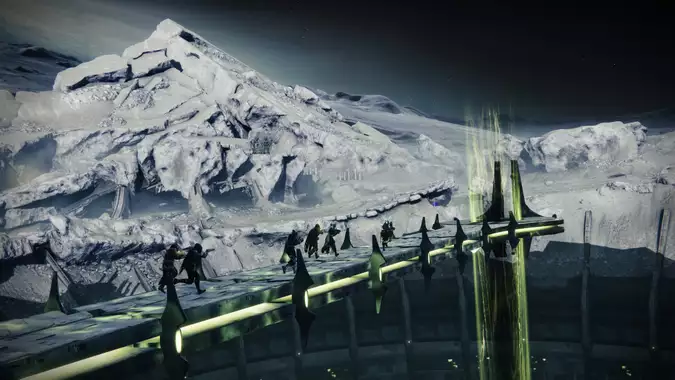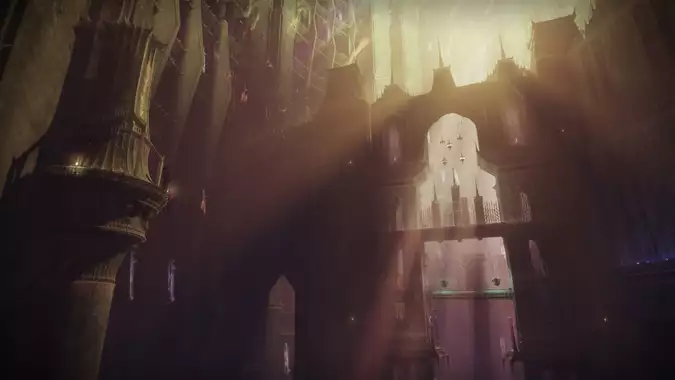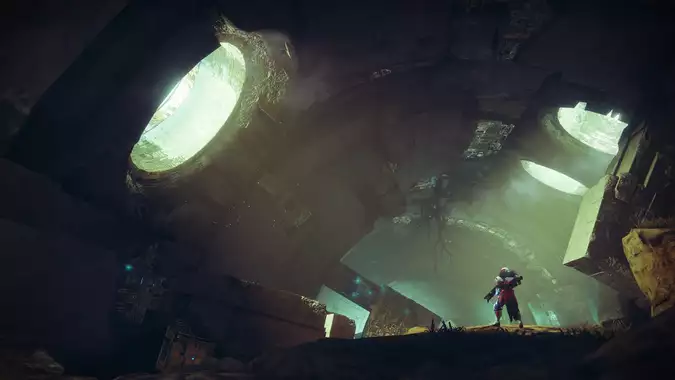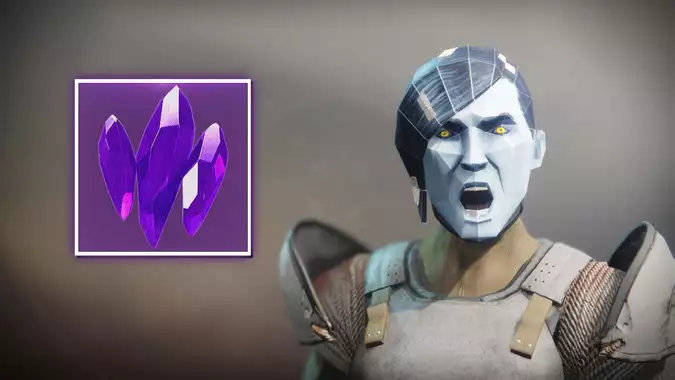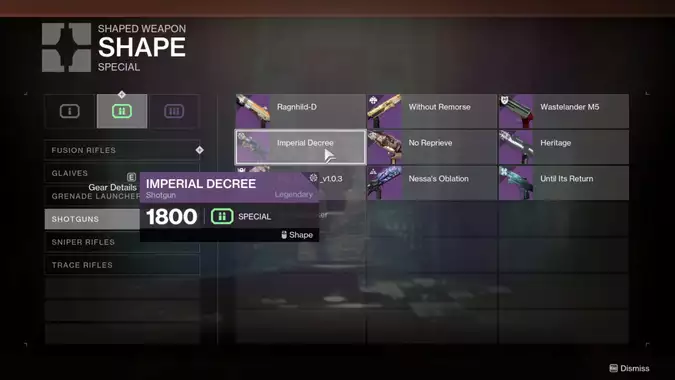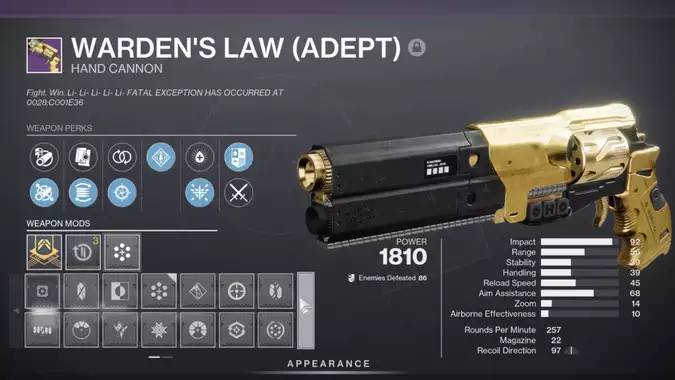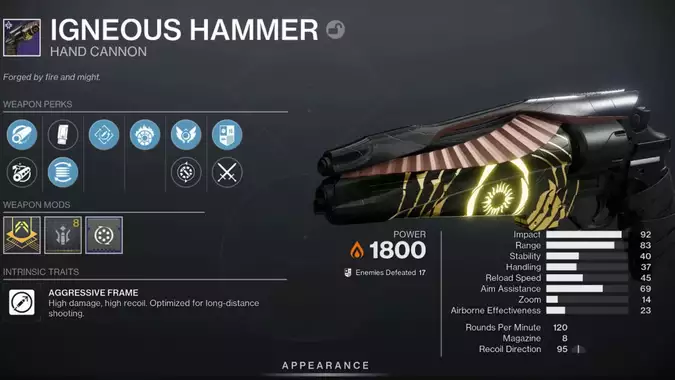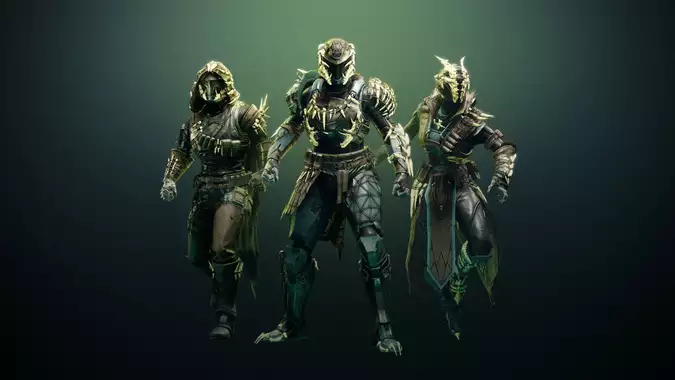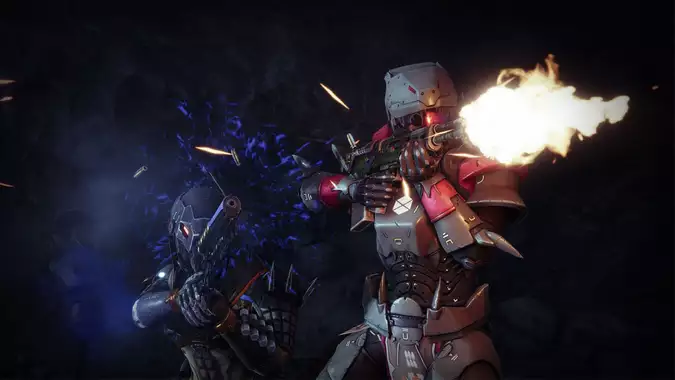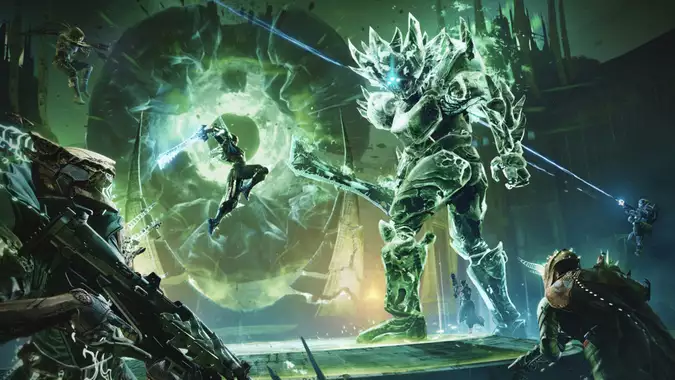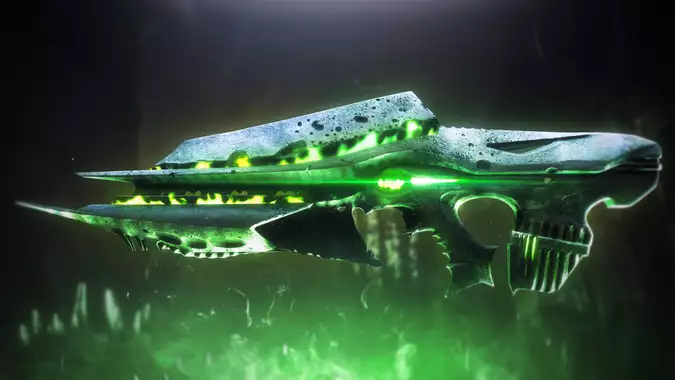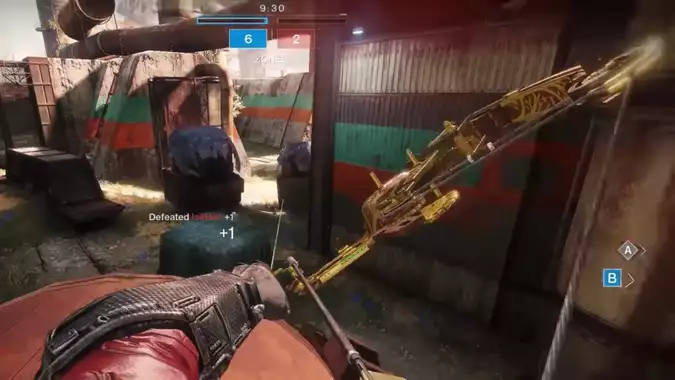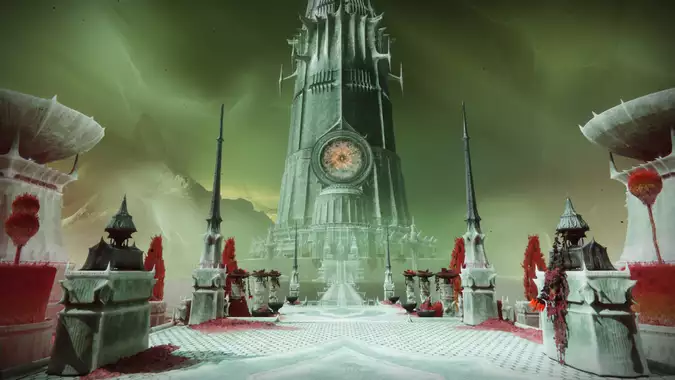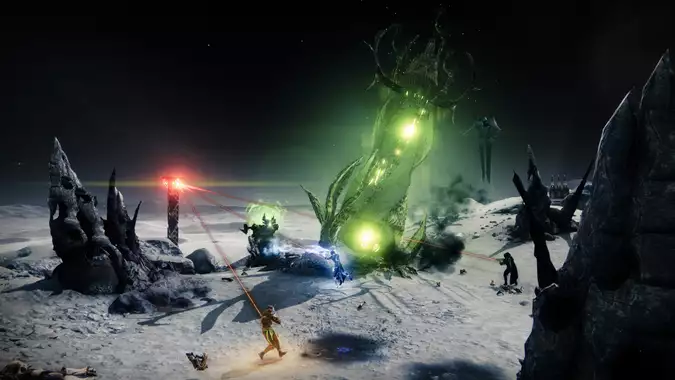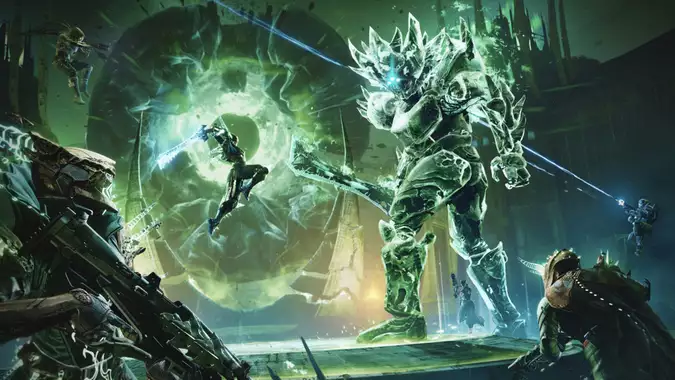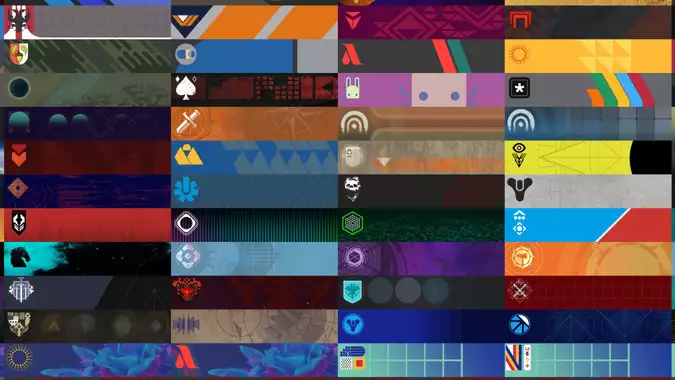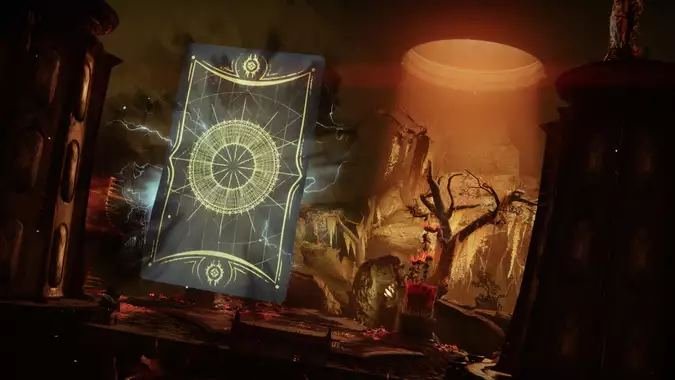Destiny as a franchise has had its ups and downs since the first version of the game was released back in 2014. Years later, Bungie is keeping the action-MMO afloat without Activision's intervention after splitting from the company in 2019, becoming an independent studio for a short period of time before Sony snatched them in a multimillion-dollar deal in 2022.
The FPS is in a much different state than it used to be in the early days, with plenty of updates, downloaded content, and loot to chase while adopting a more live-service type of philosophy that saw Bungie introduce seasons and the almost mandatory season pass alongside it, Destiny 2 is perhaps in its best state yet following the launch of the Witch Queen expansion.
From a storytelling and a gameplay perspective, it seems Destiny 2 is getting the attention of those that previously dismissed it as another live-service failed project, giving the title some praise and even an opportunity at trying it out for themselves without spending as much as a single cent since the game has transitioned into a free-to-play format for some of its offerings.
How did Destiny 2 get to where it's at now? As we've said, Destiny has a long story as a franchise, with Bungie starting its conception well before they were done with the Halo franchise.
Destiny 2 story
Let's start by giving you a look behind the scenes at Bungie. Originally signing a very ambitious deal with Activision that allegedly had seen the developers prepare a 10-year roadmap for Destiny as a franchise, Activision pumped 500 million dollars into the development of the first game.
With such a hefty price tag and the pedigree of Bungie, who at that point were renowned for their incredible work with the Halo franchise, which help, among other things, revolutionise online play with the launch of Halo 2 for the original Xbox, expectations were sky-high.
The initial premise sounded enticing and mysterious. Hundreds of years in the future, humanity's Last City is defended by Guardians of the Light, beings that are essentially immortal thanks to the power of The Traveler, that big white sphere you saw in all promotional material back in the day.
Sadly, Destiny got off to a mediocre start. A nonsensical, short campaign that suffered from Activision demanding content to be cut in order to be sold as DLC later down the line, few interesting post-campaign activities, and a relatively boring progression system were the main criticisms from players and critics alike.
Over the years, Bungie made sure most of the issues were ironed out with further expansions. The Taken King, launched in 2015, revitalised Destiny, marking the first time in franchise history where fans showed overall positivism towards it. A new subclass, a new location, and one of the best raids ever to be created showcased the true potential of what Bungie could deliver.
The greedy heads at Activision had other plans. Enter Destiny 2, a somewhat unnecessary sequel that, slowly but surely, surpassed its predecessors in almost every way.
When Destiny 2 launched in 2017, fan expectations were set to a minimum, that being that the game kept some of the innovations and system changes the original game had received in three years. As you can imagine, they did not.
The game reverted to being a sequel to vanilla Destiny, the one fans came to know and hate in 2014, with some egregious decisions like the removal of random weapon rolls added into the mix. The story justification behind it was what we came to know as The Red War.
Earth's haven, The Last City, was surprisingly invaded by the Cabal infantry known as The Red Legion and their Emperor, Dominus Ghaul. Ghaul seized The Traveler and stole the power of the Light from the Guardians, who had to use a shard of it that fell unto Earth to slowly take back control of The Last City.
As you know, the Destiny 2 we're talking about is completely different to the one you'll find yourself in if you boot up the game now. For starters, the entirety of the Red War campaign has been removed from the game, replaced by an introductory quest to ease New Light players in the world of the action MMO.
Destiny 2 PC System Requirements
If your interest has been piqued by what you can find in Destiny 2 in terms of story and gameplay, you should know that it can be played on a wide variety of consoles, as well as PC.
Destiny 2 is available on:
-
Xbox One
-
PlayStation 4
-
Google Stadia
-
Xbox Series S/X
-
PlayStation 5
-
PC
For those wanting to try it out on PC, these are the system requirements for Destiny 2.
|
Minimum |
Recommended |
|
|
CPU: Intel |
Intel Core i3-3250 3.5 GHz or Intel Pentium G4560 3.5 GHz |
Intel Core i5-2400 3.4 GHz or i5 7400 3.5 GHz |
|
CPU: AMD |
AMD FX-4350 4.2 GHz |
AMD Ryzen R5 1600X 3.6 GHz |
|
GPU: NVidia |
Nvidia GeForce GTX 660 2GB or GTX 1050 2GB |
Nvidia GeForce GTX 970 4GB or GTX 1060 6GB |
|
GPU: AMD |
AMD Radeon HD 7850 2GB |
AMD R9 390 8GB |
|
RAM |
6GB |
8GB |
|
Operating System: |
Windows 7 64-bit or Windows 8.1 64-bit or Windows 10 64-bit (Recommended) |
|
|
Hard Drive Space: |
69.7 GB available hard drive space Install size may vary based on languages installed; size shown is maximum size possible |







